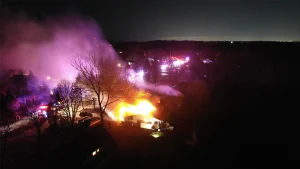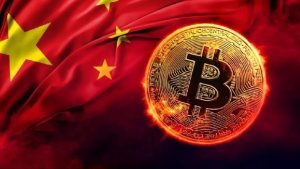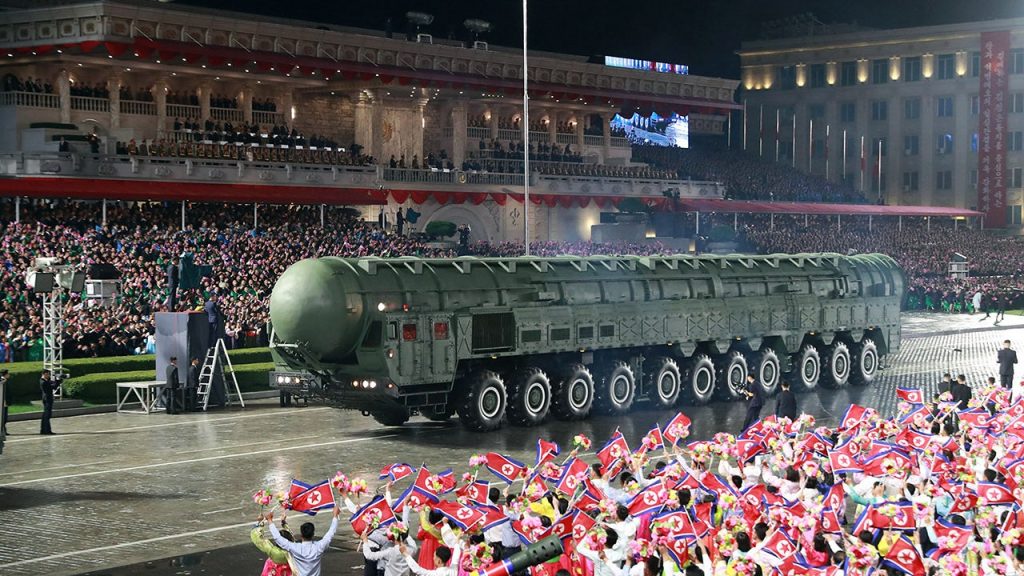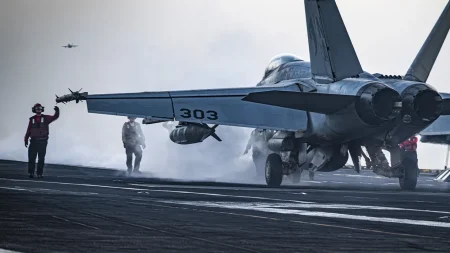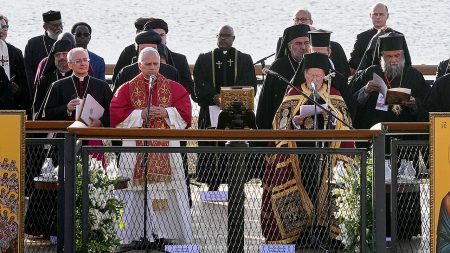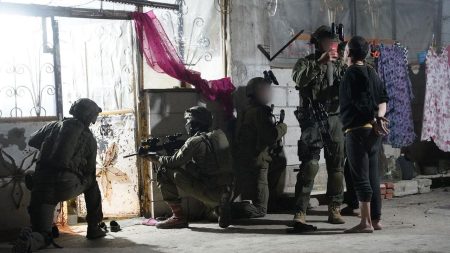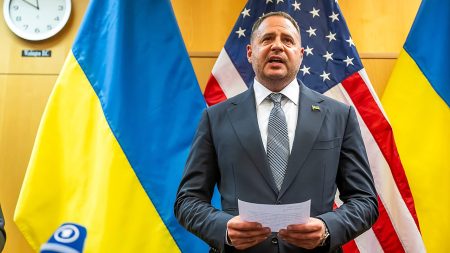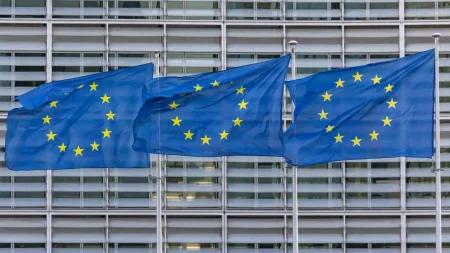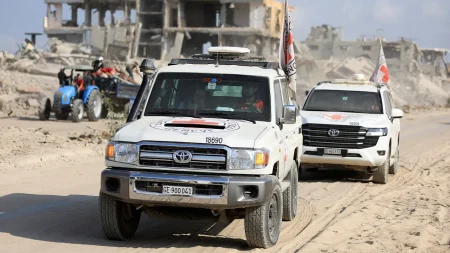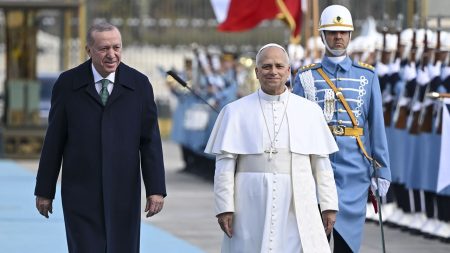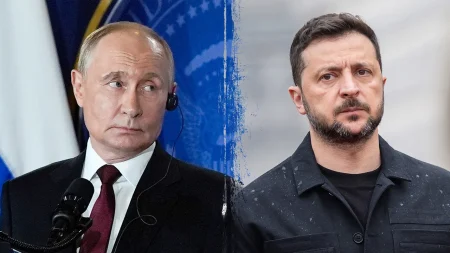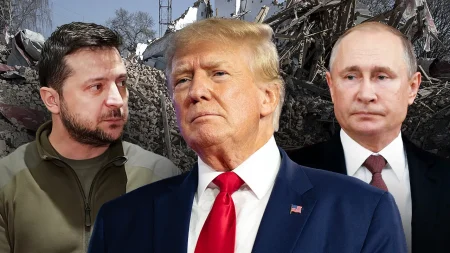North Korea Showcases New Long-Range Missile Amid International Attendance
In a striking display of military might, North Korean leader Kim Jong Un unveiled a new long-range intercontinental ballistic missile during a military parade in Pyongyang on Friday. The parade, commemorating the 80th anniversary of the Worker’s Party founding, featured the Hwasong-20, described by state media as containing the “most powerful nuclear strategic weapons system.” This unveiling occurred before an audience that notably included foreign dignitaries, signaling North Korea’s continued determination to expand its nuclear arsenal despite international pressure. The parade also showcased an array of shorter-range ballistic, cruise, and supersonic missiles, emphasizing the nation’s growing military capabilities and technological advancements in weaponry.
Speaking at the event, Kim Jong Un declared that the military “must continue to evolve into an invincible force that eliminates all threats,” reinforcing North Korea’s stance on military preparedness. This rhetoric aligns with the country’s long-standing position that its nuclear program is essential for national security against perceived external threats. The presence of international representatives at the parade was particularly noteworthy, with Chinese Premier Li Qiang, former Russian President Dmitry Medvedev, and Vietnam’s Communist Party chief To Lam in attendance. Their participation suggests a level of diplomatic support for North Korea from these nations, despite the international community’s broader concerns about the country’s weapons development programs.
The military parade comes amid evolving geopolitical dynamics, particularly as North Korea strengthens its ties with Russia. During the visit, Kim met separately with Medvedev, who praised North Korean soldiers allegedly fighting alongside Russian forces in Ukraine—a development that has raised significant concerns among Western nations. Kim expressed his desire to strengthen ties with Russia and work toward common goals, further cementing the growing alliance between the two countries that have both faced international sanctions. This relationship appears increasingly important to North Korea as it seeks allies in its confrontation with the West, particularly the United States.
Last summer’s warning from Kim’s sister, Kim Yo Jong, casts a shadow over any potential diplomatic initiatives. She clearly stated that North Korea would view any U.S. attempts to restart denuclearization talks as “nothing but a mockery,” effectively shutting the door on such negotiations. Her statement that if “the U.S. fails to accept the changed reality and persists in the failed past, the DPRK-U.S. meeting will remain as a ‘hope’ of the U.S. side” demonstrates North Korea’s firm position against returning to previous diplomatic frameworks. This stance reflects the regime’s belief that its nuclear program is non-negotiable and its determination to be recognized as a nuclear power on the global stage.
The unveiling of the Hwasong-20 raises significant security concerns, particularly as it represents a potential advancement in North Korea’s already concerning missile technology. While the missile remains untested, its development suggests continued progress in North Korea’s weapons program despite international sanctions designed to curb such advancements. The parade served not only as a domestic show of strength but also as a message to the international community about North Korea’s military capabilities and its unwillingness to back down from its nuclear ambitions. This display comes at a time when global attention has been divided among multiple international conflicts, including those in Ukraine and Gaza, potentially allowing North Korea’s nuclear threats to receive less immediate focus.
The military parade and its international attendance highlight the complex challenges facing the global community in addressing North Korea’s nuclear program. While sanctions and diplomatic pressure have been the primary tools employed by Western nations, the presence of high-ranking officials from China, Russia, and Vietnam at the event suggests these approaches face significant limitations. As North Korea continues to develop its weapons capabilities and forge stronger ties with countries like Russia and China, the path toward denuclearization appears increasingly complicated. The situation underscores the need for a reevaluation of international strategies regarding North Korea, recognizing the changed geopolitical landscape and the regime’s unwavering commitment to its nuclear program as a cornerstone of its security policy and international identity.

